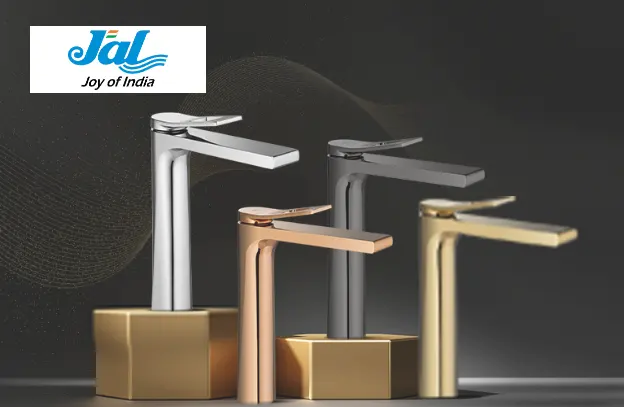Jal’s Bottom Line Benefits from Abaca’s Expertise and Industry Insights in ERP Implementation

Jal is an established international player in the Faucet industry since theyear 1989. They offer a number of luxury utility items for bathrooms & kitchens for both domestic and commercial complexes.
Problem/ Idea:
Prior to their journey with Abaca Systems, Jal was running their operations through a legacy on-premises ERP system.
The manufacturing and distribution landscape of the company was highly complex and lacked standardization, making it difficult for efficient and accurate reporting.
Objectives:
1. Upgrade Legacy Oracle Forms and Reports based ERP to Oracle APEX
2. Migrating data from the previous system
3. Add new features
- Barcode-based Inventory management. Update the inventory by simply scanning IN/OUT for the products
- GST Automation in billing and invoices
- The functionality of Payment gateway integration ICICI with third-party APIs Objectives:
4. To build a well-organized ERP system, so that everything can be tracked i.e.,
from the quantity of raw materials to finished goods along with the number of
employees in each department and their roles.
Resources:
Initially, a timeline of 5-6 months was given to deliver a straightforward migration of Oracle Forms and Reports to Oracle APEX with just original features. But later the project expanded to a much larger scope. Jal embarked on a four-to-five-year journey with Abaca Systems to implement an ERP solution and modernize its back office, moving financial, supply chain, and manufacturing applications to Oracle APEX.
Timeframe:
ManpowerManagers, coordinators, Oracle APEX developers, graphic designers, QAs, DBAs
Technologies usedOracle APEX, Oracle DB 11G, python, SFTP
Methodology- AGILE
Abaca used an Agile methodology for the ERP implementation, which allowed the team to work collaboratively with Jal’s team and make adjustments in real time. Regular sprints were conducted, and the demo of the development done during that sprint was given to the client. This approach ensured that the system was implemented smoothly and met Jal’s expectations.
Process
- Understanding the requirements at the first stage with all the documentation from the client side in the beginning only.
- Client feedback on a weekly or bi-weekly basis after completion of each stage.
- Alterations in the UI/UX to be made after full-fledged development.
- Inspection done in parallel with the development.
- Working according to the proposed timeline and scope.
Roadblocks:
Lack of Understanding of Jal’s Business Processes: To overcome this challenge, Abaca conducted extensive research and worked closely with Jal’s team to gain a deeper understanding of the company’s operations.
Solution:
A cloud-based ERP system that could be accessed from anywhere, at any time.The ERP system offered several modules, including sale, purchase, accounting, and inventory management.By addressing the challenges head-on and working collaboratively with Jal, Abaca was able to deliver a high-quality ERP system that helped Jal streamline its operations, beer manage its inventory and improve its overall performance
Results:
Jal’s implementation of the ERP system resulted in several positive outcomes, including:
- Improved Inventory Management: The ERP system allowed Jal to manage its inventory more efficiently, reducing its inventory carrying costs by 15%. The company was also able to reduce its logistics costs by optimizing its supply chain, avoiding stockouts, and improving its transportation planning.
- Improved Sales Performance: With the improved efficiency and visibility across its supply chain, Jal was able to improve its sales performance. The company now records approximately 100 invoices per day as against 100 per month within the first year of implementing the ERP system
